How to eat healthy on a budget ?
Table of Contents
Reaching your weight loss goals doesn’t need to empty your wallet. With smart choices, you can eat well and stay on budget for weight loss. This approach not only aids in achieving your desired weight but also ensures financial sustainability. Additionally, embracing a healthy lifestyle promotes overall well-being and supports your long-term weight loss journey.
It’s key to make wise diet and nutrition decisions. Plan your meals, shop smart, and build healthy habits. This way, you can reach your goals without spending too much.
Focusing on weight loss means making the right food choices and staying within your budget for weight loss. Prioritizing nutrition is essential for maintaining a healthy lifestyle while managing costs. Incorporating a variety of nutrient-dense foods will support your overall health during your weight loss efforts.
Key Takeaways
- Plan your meals around seasonal produce to save money.
- Shop smart by buying in bulk and avoiding processed foods.
- Develop healthy habits by cooking at home and portioning your meals.
- Make informed food choices by reading labels and choosing nutrient-dense foods.
- Stay on track by setting realistic goals and tracking your progress.
Understanding the Connection Between Healthy Eat and Weight Loss
To lose weight, it’s key to understand how food affects your health. Eating healthy is crucial for managing your weight. By choosing nutrient-rich foods, you help your body and reach your weight loss goals.
The Science Behind Nutrition and Weight Management
Nutrition is key in managing weight. Eating a balanced diet with the right mix of proteins, carbs, and fats helps your metabolism. Macronutrients are important for energy and body functions. Knowing how they affect you can guide your food choices.
| Macronutrient | Role in Weight Loss | Food Sources |
| Proteins | Builds and repairs muscle tissue, supporting metabolism | Lean meats, fish, eggs, dairy |
| Carbohydrates | Provides energy, fiber for digestive health | Whole grains, fruits, vegetables |
| Fats | Essential for hormone production, energy storage | Nuts, seeds, avocados, olive oil |
Debunking Myths About Healthy Food Costs
Many think healthy eating is pricey. But, some healthy foods might cost more upfront. However, they can save money in the long run by reducing healthcare costs and promoting sustainable eating. By planning meals, buying in bulk, and choosing seasonal produce, you can eat well without spending a lot.
Smart Planning: The Foundation of Budget-Friendly Healthy Eating
Starting healthy eating on a budget means planning smartly. Knowing what you need nutritionally is key. This way, you can use your grocery money wisely and reach your weight loss goals.
Good planning has a few important steps. First, understand your diet needs and likes. This includes any food allergies or special diets that affect your choices.
Creating a Weekly Meal Plan for Weight Loss
Having a weekly meal plan is vital for losing weight. It keeps you on track, makes sure you eat healthy foods, and stops unhealthy impulse buys. Focus on clean eating for weight loss by adding lots of veggies, lean proteins, and whole grains to your meals.
Building a Budget-Conscious Shopping List
After your meal plan, make a shopping list that fits your budget. Look for key ingredients for your meals and choose items that are on sale or in season. Buying in bulk and using staple ingredients can also save you money.
Using Apps and Tools to Track Spending and Nutrition
Today, apps and tools can help you track spending and nutrition. They offer insights into your eating habits, help you stay on budget, and suggest healthier options. Using technology can help you make better diet and financial choices.
Strategic Shopping: Where and How to Buy Affordable Healthy Foods
Getting the most from your grocery budget means smart shopping for healthy foods. By using a few key strategies, you can eat well without spending too much. It’s all about knowing when and where to shop, and planning your buys for savings and nutrition.
Seasonal Shopping for Maximum Nutrition and Savings
Buying produce in season is a smart move for saving money and getting the best nutrition. Seasonal fruits and veggies are cheaper and taste better. Check your local farmer’s market or online guides to see what’s in season.
For example, summer berries and fall apples are cheaper than out-of-season ones. This not only helps with healthy eating to weight loss but also adds variety to your meal planning for weight loss.
Bulk Buying Strategies for Healthy Staples
Buying in bulk is a great way to save on healthy foods. Grains, nuts, dried fruits, and canned goods are good for bulk purchases. Just make sure to store them well to keep them fresh.
Bulk buying is especially helpful for items you use often in meal prep. Buying brown rice or quinoa in bulk can save money and support your healthy eating habits.
Exploring Farmers Markets, Discount Stores, and Online Options
Where you shop can also impact your budget. Farmers markets offer fresh, seasonal produce, while discount stores have savings on basics like canned beans and whole grains. Online retailers are also a good choice for bulk purchases.
- Farmers markets for fresh, seasonal produce
- Discount stores for affordable staples
- Online retailers for convenience and bulk purchases
By using these shopping strategies, you can plan meals that are both healthy and budget-friendly. This ensures you always have nutritious foods on hand without overspending.
Budget-Friendly Foods That Support Healthy Eating to Weight Loss
Eating well doesn’t have to cost a lot. You can lose weight without spending too much money. A good diet is both affordable and tasty.
Let’s look at some cheap foods that help you eat healthy and lose weight.
Affordable Protein Sources for Weight Management
Protein is key for losing weight. Luckily, there are many cheap protein sources. Beans, lentils, and eggs are both cheap and full of protein. Canned tuna and chicken are also affordable and can be used in many ways.
- Beans and lentils: These legumes are full of protein and fiber. They’re great in soups, stews, and salads.
- Eggs: Eggs are a top protein source and are easy on the wallet. You can cook them in many ways.
- Canned fish: Tuna and salmon are not only high in protein but also in omega-3s, which are good for your heart.
Low-Cost Fruits and Vegetables with Maximum Nutritional Value
Fruits and veggies are vital for a healthy diet. They give you important nutrients and fiber. Buying seasonal produce is cheaper and fresher. Frozen options are also affordable and keep their nutritional value.
| Fruit/Vegetable | Nutritional Value | Cost-effective Option |
| Carrots | Rich in Vitamin A | Buy in bulk |
| Spinach | High in Iron | Purchase frozen |
| Apples | Rich in Fiber | Buy seasonal |
Economical Whole Grains and Healthy Carbohydrates
Whole grains are essential for a healthy diet. They give you fiber and important nutrients. Brown rice, quinoa, and oats are nutritious and cheap. Adding them to your meals helps keep your diet balanced.
For example, quinoa is a complete protein and great in salads or as a side. Brown rice is versatile and goes well with many veggies and proteins.
Budget-Friendly Healthy Fats
Healthy fats are important for your brain and hormones. Avocados, nuts, and seeds are full of healthy fats. Buying avocados in season and nuts and seeds in bulk can save money.
“The key to a healthy diet is not just about cutting out certain food groups, but about making informed choices that nourish your body without breaking the bank.”
By adding these affordable foods to your diet, you can reach your weight loss goals. You’ll also keep your diet balanced and nutritious.
Practical Tips for Developing Healthy Eating Habits
You can reach your weight loss goals by adding simple, effective healthy eating habits to your daily life. These habits not only help with weight loss but also feed your body well. By changing your eating habits a bit, you can greatly improve your health and wellbeing.
Batch Cooking and Meal Prep Techniques
Batch cooking and meal prep are big helps for eating healthy without spending a lot. Preparing meals ahead saves time and keeps you from making unhealthy choices. Start by planning your meals for the week, then spend a few hours on the weekend cooking and portioning. This method cuts down on waste and saves money by buying in bulk.
Reducing Food Waste to Maximize Your Budget
Reducing food waste is key to eating healthy on a budget. Being mindful of what you buy and using leftovers can greatly lower your grocery bills. Plan meals around pantry items and make a shopping list to avoid extra buys. Composting is also a good way to reduce waste and make soil for your garden.
Simple Recipes That Support Clean Eating for Weight Loss
Clean eating for weight loss doesn’t have to be hard or dull. Recipes like salads, stir-fries, and grilled proteins with roasted veggies are tasty and full of nutrients. Focus on whole foods and avoid processed stuff for the best nutrition. You can find many clean eating recipes online that fit different tastes and diets.
Maintaining Consistency with Diet and Nutrition Goals
Staying consistent with your diet and nutrition goals takes commitment and smart strategies. Tracking your progress with a food diary or app can keep you on track. Setting achievable goals and celebrating small wins can keep you motivated. Having a supportive community or a diet buddy can also help you stay committed to your health goals.
Conclusion: Sustaining Your Weight Loss Journey on a Budget
Keeping a healthy weight on a budget needs dedication and planning. By using the tips from this article, you can keep making healthy food choices. This helps you stay on track and use your grocery money wisely.
Keep adding affordable, nutritious foods to your meals. This way, you can reach and keep your weight loss goals while eating well. With hard work and the right attitude, you can make lasting changes in your eating habits. These changes will help your overall health.
FAQ
How can I eat healthy on a budget?
Eating healthy on a budget is easy. Start by planning your meals and making a shopping list that fits your budget. Use apps to track your spending and nutrition.Shop for seasonal produce, buy in bulk, and explore different shopping spots. These tips can help you save money while eating well.
What are some affordable protein sources for weight management?
Affordable proteins include beans, lentils, and eggs. They’re key for managing weight and can be added to your diet. This supports healthy eating habits.
How can I reduce food waste to maximize my budget?
To cut down on food waste, plan your meals and use leftovers. Proper storage is also crucial. This way, you get the most from your grocery budget.
What are some simple recipes that support clean eating for weight loss?
Simple, healthy recipes include dishes with whole grains, lean proteins, and lots of fruits and veggies. Meal prep and batch cooking make healthy eating easier.
How can I maintain consistency with my diet and nutrition goals?
Staying consistent requires commitment and the right strategies. Plan your meals, track your progress, and stay informed about healthy eating. This helps you make lasting lifestyle changes.
Are there any tools or apps that can help me track my spending and nutrition?
Yes, many apps and tools can help you track spending and nutrition. They offer insights into your eating habits. This helps you make better diet choices.
How can I make healthy eating a sustainable part of my lifestyle?
To make healthy eating sustainable, commit to ongoing planning and effort. Use strategies like meal planning, smart shopping, and developing healthy habits. This way, you can keep losing weight while eating well on a budget.


